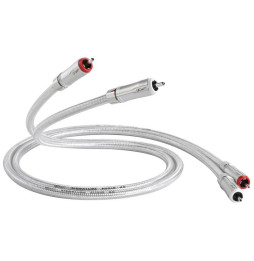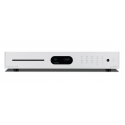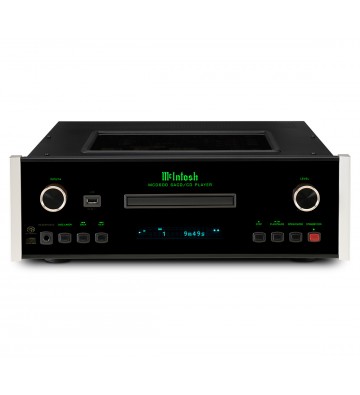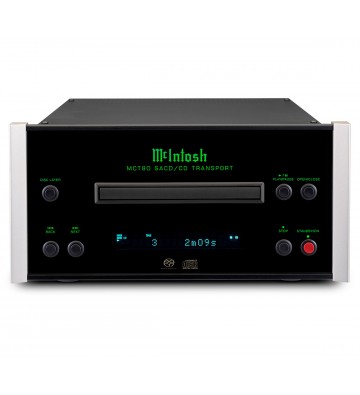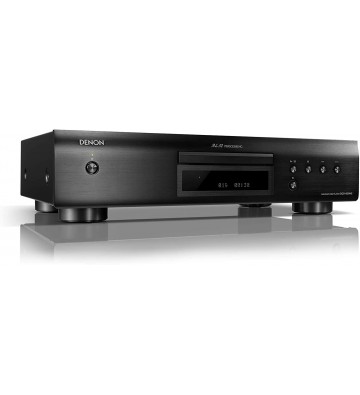Aside from the additional functionality outlined above, the 8300CDQ draws upon the exemplary circuitry contained with the existing 8300CD, including:
• Slot-loading CD transport mechanism
Fast in operation and neat in design, the 8300CDQ’s slot-loading CD transport delivers excellent reliability. A read-ahead digital buffer reduces disc-reading errors, enabling scratched CDs that are unreadable by conventional mechanisms to be played. High disc stability and low susceptibility to resonance contribute to the 8300CDQ’s superb CD sound quality.
• High-resolution digital inputs
Five digital inputs comprise 1x asynchronous USB and 4x S/PDIF (2x coaxial and 2x optical). Hi-res digital audio is supported up to 32-bit/384kHz PCM and DSD256, and USB HID compatibility enables driverless control of a connected PC, Mac or media player.
• 32-bit ESS Sabre DAC
The CD transport and digital inputs feed a DAC section with an ESS Sabre32 Reference chip nestling at its heart, utilising HyperStream architecture and ESS Technology’s Time Domain Jitter Eliminator to deliver ultra-low noise and high dynamic range. No company knows more about making the most of this 32-bit, eight-channel hybrid multi-bit Delta-Sigma DAC technology than Audiolab; the 8200CD and 8200CDQ were among the first audio components to use it and the company has been honing its implementation ever since. The conversion process involves 512 DAC elements (256 per channel) each operating at 84.672MHz – all digital audio sources, whatever the sample rate, are upsampled or oversampled to this frequency.
• Exemplary jitter reduction
Around the DAC chip are extensive measures to reduce jitter (digital distortion) to vanishingly low levels. Careful circuit layout and low-noise power supplies complement the DAC’s patented Sabre32 sample rate converter and clever DPLL (Digital Phase Locked Loop) circuit, radically reducing time domain errors from all digital input sources.
• Time domain isolation
While the Sabre32 sample rate converter virtually eliminates jitter within the digital domain, external ‘analogue domain’ induced artefacts caused by RF breakthrough, PSU coupling and so on will affect the DAC’s sonic performance. Audiolab resolves this issue via its CATDA (Cascaded Asynchronous Time Domain Attenuator) circuit. This circuit isolates the DAC substrate from sonically deleterious artefacts that affect non-synchronous digital input data. To achieve the best possible performance, three identical cascaded stages are used – each individual stage provides increased isolation, thereby maximising timing performance, even at higher RF frequencies.
• Selectable digital filters
As digital audio reproduction technology has progressed, the importance of the characteristics of reconstruction digital filters has become more appreciated. The Audiolab 8300CDQ features seven user-selectable filters for PCM audio data (including CD) and four ultrasonic filters for DSD data. These settings allow the user to tune the 8300CD’s performance according to system configuration, digital file quality and personal taste.
• Discrete Class A analogue stages and sophisticated power supply
The 8300CDQ’s analogue output stages and power supply are exceptionally well specified in the pursuit of sonic excellence. The circuitry includes a large, low-noise toroidal transformer, a plethora of reservoir/smoothing capacitors, an impressive number of regulator chips and discrete transistor (instead of op-amp) analogue stages at the output with ultra-low impedance to drive any cable and any load. The power supply incorporates 29 regulated supply rails including multiple ultra-low-noise regulators, with extensive measures against power supply contamination and cross-coupling.




